| Online: | |
| Visits: | |
| Stories: |

| Story Views | |
| Now: | |
| Last Hour: | |
| Last 24 Hours: | |
| Total: | |
Know How to Identify Poison Ivy Before It’s Too Late!
A lot of people get confused about what is and what isn’t poison ivy.
So I’m going to give you some tips on how to identify poison ivy because there’s a couple things you need to know.
One, if you’re allergic, like I am, you barely have to touch it to get poison ivy.
Two, if you crush the leaves up it releases the oil that creates the rash on your skin. And if you cut into the stem that also releases the oil.
Even if you get into the roots you can catch poison ivy. Even if you spray it with round up you can still catch poison ivy from the dead vine.
If you happen to get into poison ivy the best thing to do is scrub your skin really, really well with a strong detergent like Fels Naptha.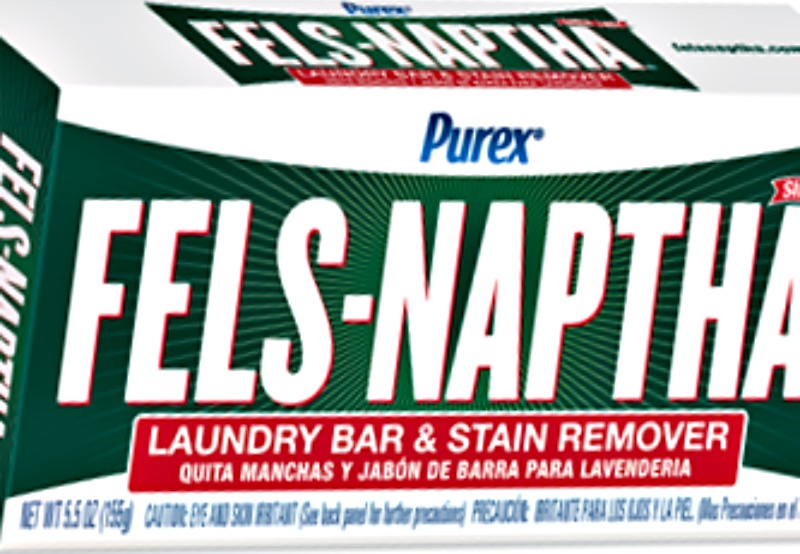
There are also products you can purchase to apply to your skin before going to work with or around poison ivy as well as many antidotes to apply after you contract poison ivy, but the best thing you can do is to learn how to identify poison ivy.
Now in this picture we have a plant that looks an awful lot like poison ivy.
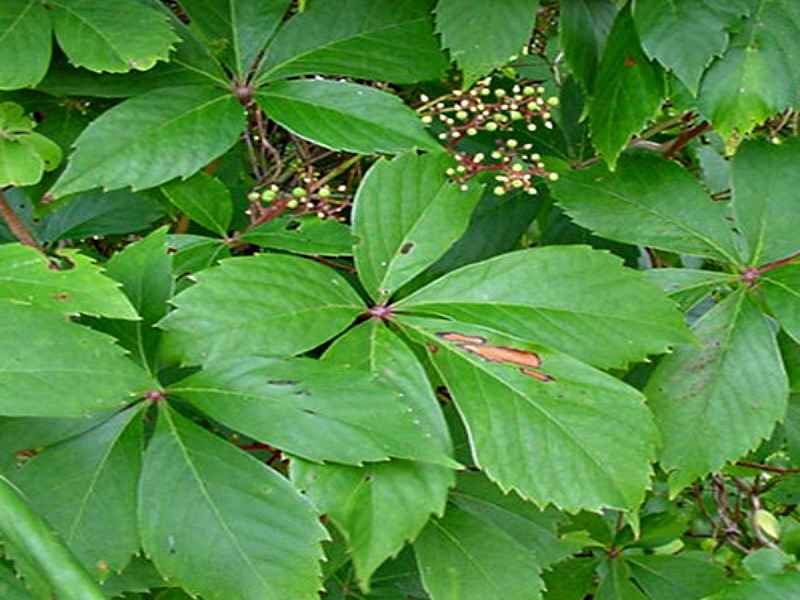 This is called Virginia Creeper. As you can see there are 5 leaves as opposed to the 3 leaves that are indicative of poison ivy.
This is called Virginia Creeper. As you can see there are 5 leaves as opposed to the 3 leaves that are indicative of poison ivy.
This is poison ivy.
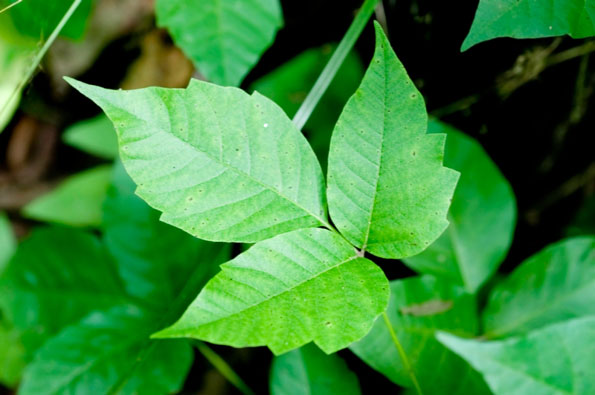
Poison Ivy
Here, you can see the 3 leaves, but poison ivy is like a chameleon because it can blend in to look like other plants. It also can vary from having smooth edges, or jagged edges, and vary in richness of color.
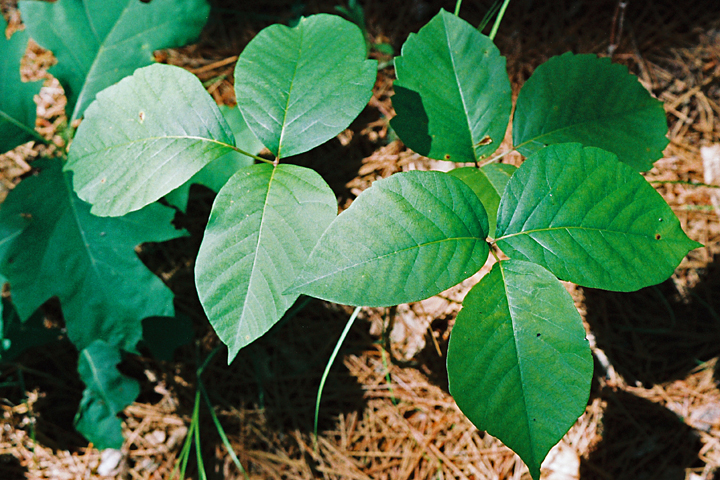
Western Poison Ivy
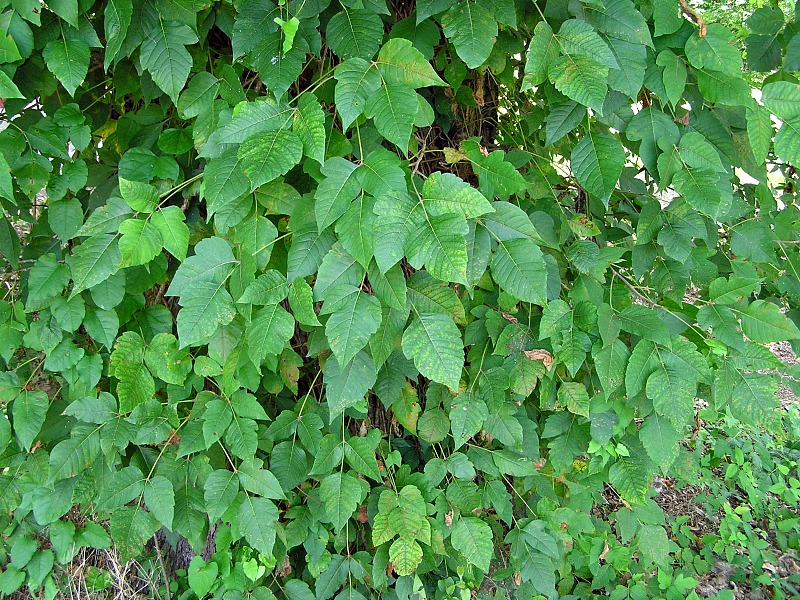
Here is a video I made for you.
Source: http://mikesbackyardnursery.com/2015/04/know-how-to-identify-poison-ivy-before-its-too-late/



